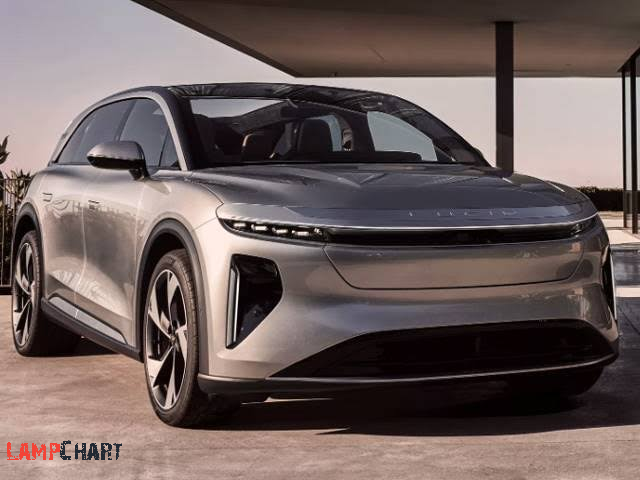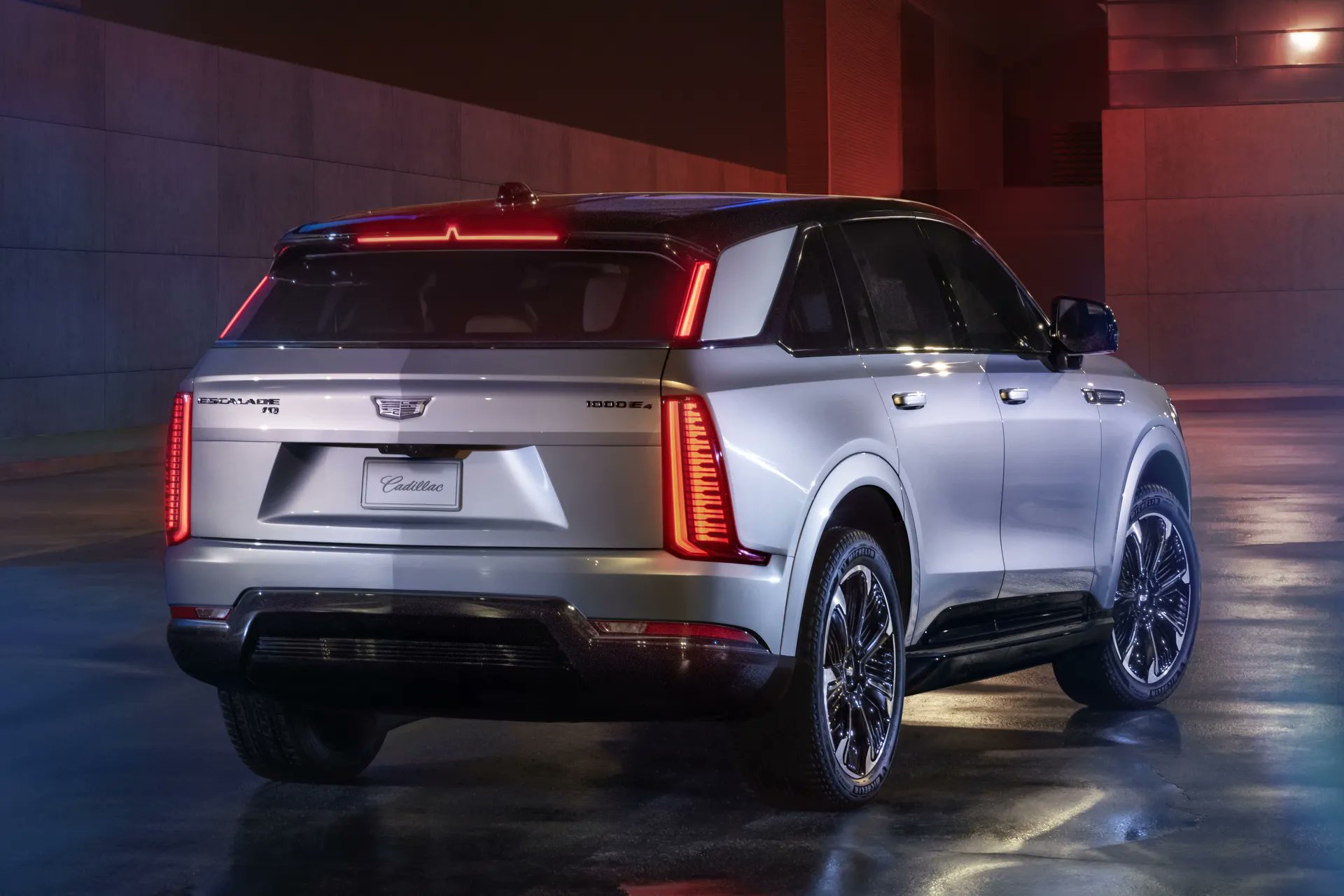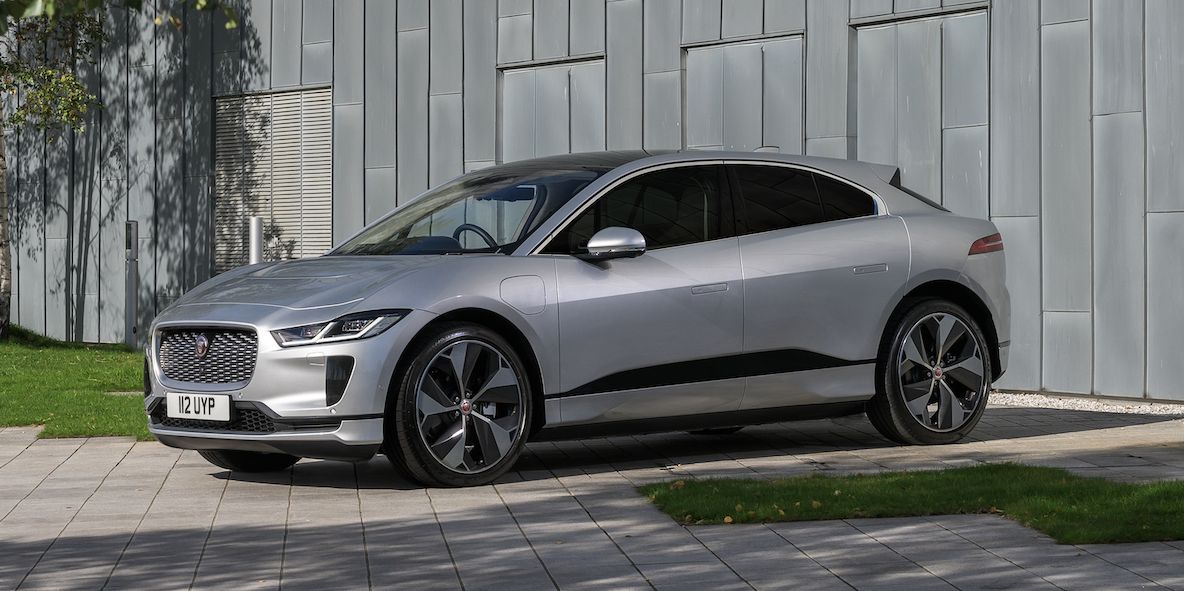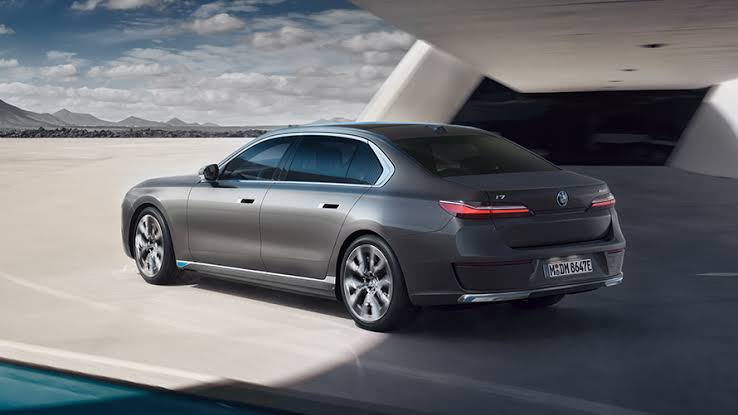Brands
Electric Cars, types, how electric vehicle work and prices.

Electric cars or Electric vehicle (EV) are vehicles that uses electricity instead of burning a fossil fuel like it is commonly found in conventional automobiles, how the electric car utilize and uses the electricity, how powerful the electrical car can be, how long it can drive before finishing its energy like a combustion engine car runs out of fuel, and list of some popular electric cars in the word with insights on their prices.
How Electric cars work
Electric cars work by using electricity stored in their high voltage battery pack to drive electric motors that serve as the power generator that drives the tires to set the vehicle in motion. The gasoline engine is replaced by an electric motor and the fuel tank replaced with battery pack.
Electric cars are plugged into a charge point and taking electricity from the grid, they store the energy in the battery, and use an inverter to covert the battery DC to AC voltage that is useable by the motors to turn the wheels.
Conventionally, the controller takes and regulates electrical energy from batteries and inverters. With the controller set, the inverter then sends a certain amount of electrical energy to the motor (according to the depth of pressure on the pedal). Electric motor converts electrical energy into mechanical energy (rotation) Rotation of the motor rotor rotates the transmission so the wheels turn and then the car moves.
Electric cars generally accelerate faster than vehicles with traditional fuel engines making them lighter to drive. In special cases, the electric vehicle is powered with a self driving function most common with Tesla vehicles that drives the vehicle without assistance of a human driver.

Electric Vehicle bed section showing batteries in a pack that serves energy to drive the car.
What are the general components of Electric Vehicles?
Internal components of EVs comprise of 90% fewer moving parts than an ICE (Internal Combustion Engine) car, other components are similar. The breakdown list of the parts that keep an EV moving include:
Electric Engine/Motor – Provides power to rotate the wheels. It can be DC or AC type, however, AC motors are more common. The number and power rating of the motor determines the general power output of the electric vehicle.
Inverter – Converts the electric current in the form of Direct Current (DC) in the batteries into Alternating Current (AC)
Drivetrain – EVs have a single-speed transmission which sends power from the motor to the wheels.
Batteries – Store the electricity required to run an EV. The higher the kW of the battery, the higher the driving range of the vehicle.
Charging – Plug into an outlet or EV charging point to charge your battery.

electric vehicle powertrain and wheels
What are the types of Electric cars?
There are a few different types of electric vehicle (EV). Some run purely on electricity, these are called pure electric vehicles or Battery Electric Vehicle (BEV). And some run on petrol or diesel; these are called hybrid electric vehicles. Another type of Electric car is the Fuel Cell Electric Vehicle (FCEV) running on hydrogen powered cells. The four main types are listed below;
- Battery Electric Vehicle (BEV)
- Hybrid Electric Vehicle (HEV)
- Plug-in Hybrid Electric Vehicle (PHEV)
- Fuel Cell Electric Vehicle (FCEV)
The schematic diagram of the four different types of electric cars above is shown below.

Battery Electric Vehicle (BEV)
A Battery Electric Vehicle (BEV), also called All-Electric Vehicle (AEV), runs entirely on a battery and electric drive train. This type of electric cars does not have an ICE. Electricity is stored in a large battery pack that is charged by plugging into the electricity grid. The battery pack, in turn, provides power to one or more electric motors to run the electric car.
Components of BEV include an Electric motor, Inverter, Battery, Control Module and the Drive train.
Working Principles of BEV
In the BEV, Power is converted from the DC battery to AC for the electric motor by the inverter. The accelerator pedal sends a signal to the controller which adjusts the vehicle’s speed by changing the frequency of the AC power from the inverter to the motor. The motor connects and turns the wheels through a cog. When the brakes are pressed or the electric car is decelerating, the motor becomes an alternator and produces power, which is sent back to the battery with the process called regenerating braking.
Examples of BEV include Tesla Model S, Toyota bZ4X, Volkswagen e-Golf, Tesla Model 3, BMW i3, Chevy Bolt, Chevy Spark, Nissan LEAF, Ford Focus Electric, Hyundai Ioniq, Karma Revera, Kia Soul, Mitsubishi i-MiEV, Tesla X, Toyota Rav4, Tesla Cybertruck.

Battery electric car at a charging station
Hybrid Electric Vehicle (HEV)
This type of hybrid cars is often referred to as standard hybrid or parallel hybrid. HEV has both an ICE and an electric motor. In this types of electric cars, internal combustion engine gets energy from fuel (gasoline and others type of fuels), while the motor gets electricity from batteries. The gasoline engine and electric motor simultaneously rotate the transmission, which drives the wheels.
The difference between HEV compared to BEV and PHEV is where the batteries in HEV can only charged by the ICE, the motion of the wheels or a combination of both. There is no charging port, so that the battery cannot be recharged from outside of the system, for example from the electricity grid.
Components of HEV include; IC Engine, Electric motor, Battery pack with controller & inverter, Fuel tank and Control module.
Working Principles of HEV
In the HEV, the fuel tank supplies gas to the engine like a regular car, both the engine and electric motor can turn the transmission at the same time. The electric motor is rub by the batteries that are charged with power from the IC engine.
Examples of HEV include; Toyota Prius Hybrid, Honda Civic Hybrid, Toyota Camry Hybrid.
Plug-in Hybrid Electric Vehicle (PHEV)
Plug-in Hybrid Electric Vehicle (PHEV) is a type of hybrid vehicle that uses both an ICE and an electric motor, often called as series hybrid. This type of electric cars is powered by a conventional fuel (such as gasoline) or an alternative fuel (such as biodiesel) and by a rechargeable battery pack. The battery aside from the ICE can be charged up with electricity by plugging into an electrical outlet or electric vehicle charging station (EVCS).
PHEV typically can run in at least two modes: All-electric Mode, in which the motor and battery provide the entire car’s energy and in a Hybrid Mode, in which both electricity and gasoline engine are employed, Some PHEVs can travel more than 70 miles on electricity alone.
Components of PHEV include; Electric motor, Engine, Inverter, Battery, Fuel tank, Control module, Battery Charger (if onboard model)
Working Principles of PHEV
PHEVs typically start up in all-electric mode and operate on electricity until their battery pack is depleted. Some models shift to hybrid mode when they reach highway cruising speed, generally above 60 or 70 miles per hour. Once the battery is empty, the engine takes over and the vehicle operates as a conventional, non-plug-in hybrid.
In addition to plugging into an outside electric power source, PHEV batteries can be charged by an internal combustion engine or regenerative braking. During braking, the electric motor acts as a generator, using the energy to charge the battery. The electric motor supplements the engine’s power; as a result, smaller engines can be used, increasing the car’s fuel efficiency without compromising performance.
Examples of PHEV include; Porsche Cayenne S E-Hybrid , Chevy Volt, Chrysler Pacifica, Ford C-Max Energi, Ford Fusion Energi, Mercedes C350e, Mercedes S550e, Mercedes GLE550e, Mini Cooper SE Countryman, Audi A3 E-Tron, BMW 330e, BMW i8, BMW X5 xdrive40e, Fiat 500e, Hyundai Sonata, Kia Optima, Porsche Panamera S E-hybrid, Volvo XC90 T8.
Fuel Cell Electric Vehicle (FCEV)
Fuel cell electric vehicles are types of electric cars that employ ‘fuel cell technology’ to generate the electricity required to run the vehicle. In this type of vehicles, the chemical energy of the fuel is converted directly into electric energy. The Fuel Cell Electric Vehicles (FCEVs) are powered by hydrogen fuel. They are also known as fuel cell vehicles (FCVs) and considered Zero Emission Vehicle that emits only water and heat.
Components of FCEV include; Electric motor, Fuel-cell stack, Hydrogen storage tank, Battery with inverter and controller.
Working Principles of FCEV
The working principle of a ‘fuel cell’ electric car is different compared to that of a ‘plugin’ electric car because the FCEV generates the electricity required to run this vehicle on the vehicle itself. Fuel cells in vehicles generate electricity generally using oxygen from the air and compressed hydrogen.
Examples of FCEV include; Toyota Mirai, Hyundai Tucson FCEV, River simple Rasa, Honda Clarity Fuel Cell, Hyundai Nexo, BMW iX5 Hydrogen.
Electric Car Prices.
The buying price of an electric vehicle basically depends on the sophistication of the car interns of its battery capacity and power train according to the number of electric motors driving the vehicle and also manufacturer’s value allocation, like the Tesla vehicles come with FSD function that adds the price of the vehicle by $10,000. Other factors depend on the buyer’s location as it is influenced by their country’s policies.
As of today, the cheapest electric vehicle ranges from about $30,000 example of which include the Fiat 500e, Volkswagon ID.3, MG5 EV, Peugeot e-208, Renault Zoe among others. There are more expensive EVs like the Tesla series.
Electric cars are enticing and renting some latest cars to test drive with in 2022 and checking them out before getting one can be a thing to try, all latest cars to test drive with in 2022 are on the go
Electric cars are the new revolution of transport coming with advantage in zero emissions and better drive torque compared to combustion engine vehicles. every automobile manufacturer is joining the race to go all electric with the Chevrolet keeping fans in anticipation for their all electric silverado truck to joining the fleet from other manufacturers. with the emerging flexibility with revolution of the web to web 3, electric cars had play a more entertaining role transforming the phase of transportation.








Pingback: FUEL CELL TECHNOLOGY; Design, Types and Applications
Pingback: Dodge Charger Daytona SRT EV; Electric muscle car loud concept specs
Pingback: Dodge Charger Daytona SRT EV concept; Loud Electric muscle car features and specs